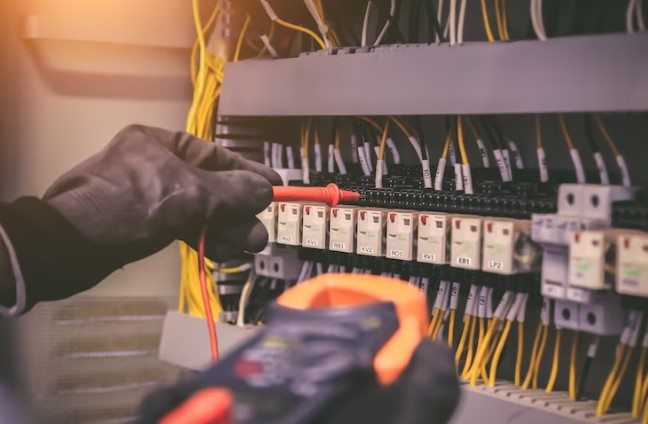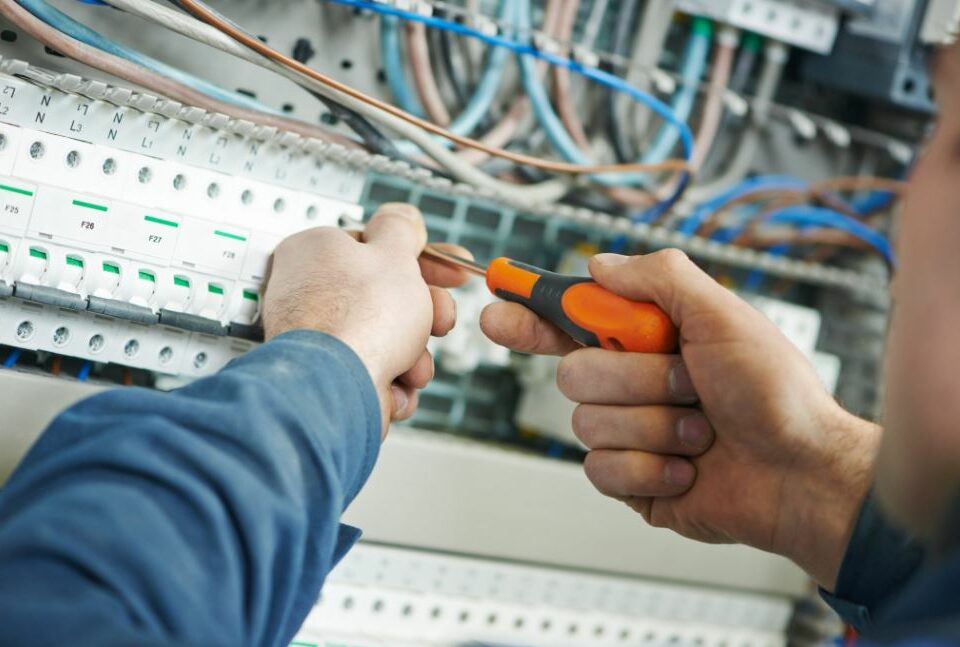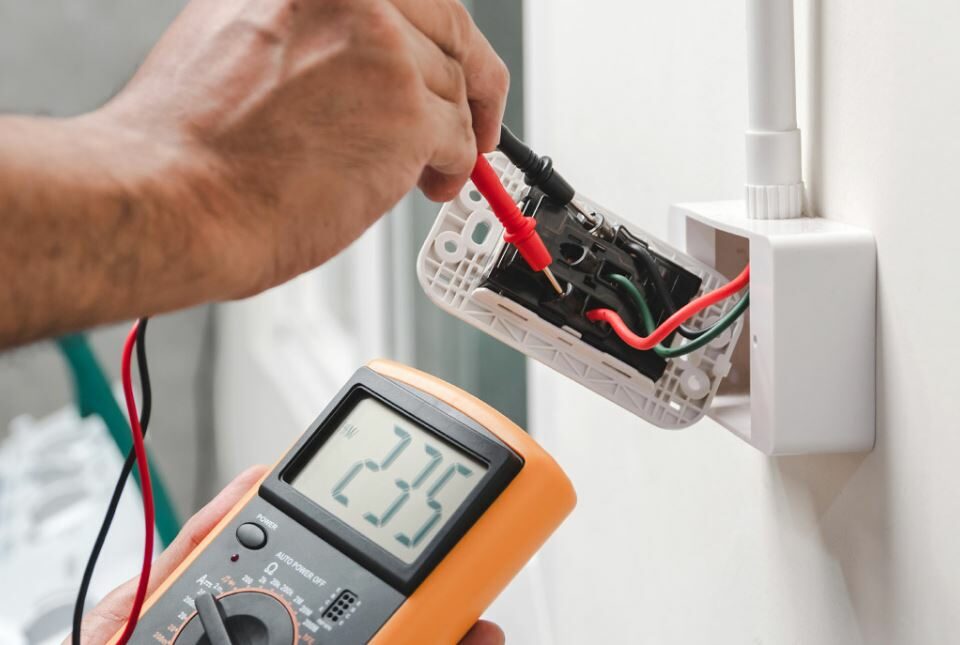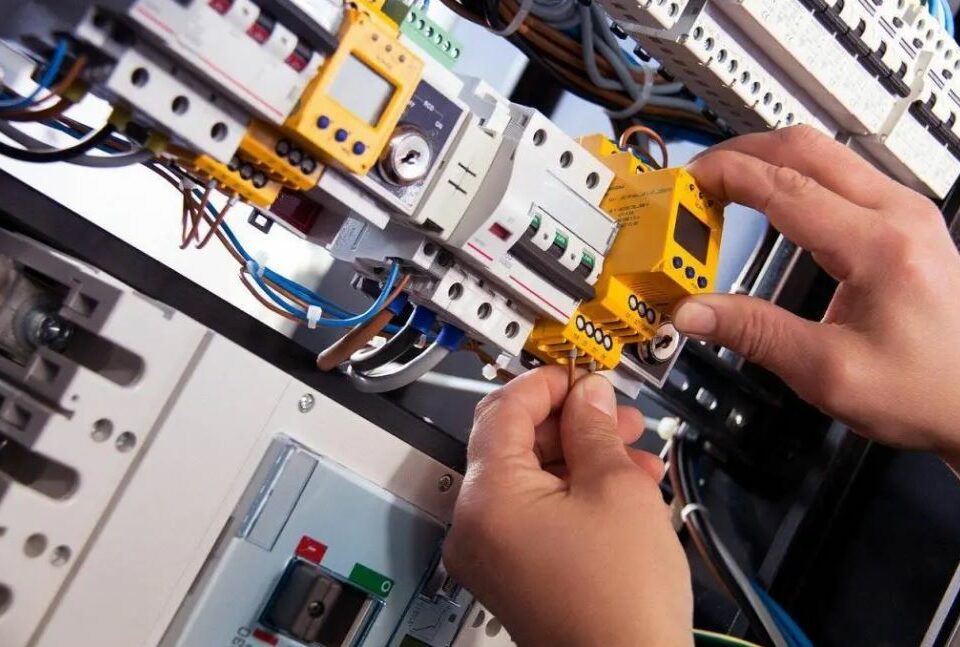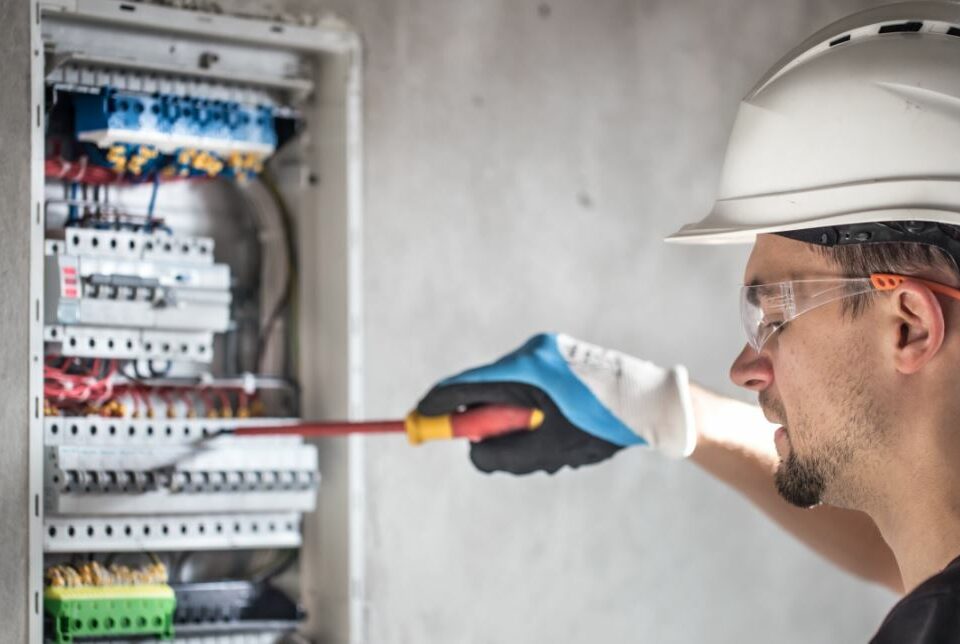Best Practices For Electrician Maintenance

Common Electrical Problems Doing Electrician Maintenance That Need Troubleshooting
June 21, 2023
How Regular Electrician Maintenance Can Save Your Money
June 22, 2023In today’s world, electricity is an indispensable part of our lives. It powers the lights we use to navigate through our homes and offices, the machines we use to complete our work, and the devices we rely on for entertainment. Yet, despite its widespread usage, electrical systems can be dangerous if not maintained properly. That’s where electricians come in – trained professionals who specialize in installing, repairing, and maintaining electrical systems.
Whether you’re a homeowner or a business owner, ensuring proper maintenance of your electrical systems is crucial for safety and efficiency. In this article, we’ll discuss best practices for electrician maintenance that can help prevent accidents and ensure your systems are functioning at their best capacity.
From regular inspections and testing to cleaning and upgrading outdated components, we will cover it all to provide you with a comprehensive understanding of what it takes to maintain your electrical systems effectively.
Regular Inspections and Testing of Electrical Systems
Conducting routine inspections and testing of electrical systems is crucial to ensure proper functioning and prevent potential hazards or malfunctions. Regular maintenance can detect any underlying issues with the system before they escalate into more significant problems that could lead to costly repairs or even accidents. These inspections should be conducted by qualified electricians who have the expertise and knowledge to identify any faults within the system.
During inspections, electricians should check for worn-out wiring, loose connections, damaged switches, and other components that may require repair or replacement. They should also test for electrical leakage and verify whether the grounding system is in good working condition. By doing so, they can determine if there are any risks associated with using the electrical system and provide recommendations on how to address them.
Regular inspections and testing of electrical systems are fundamental best practices that every electrician should follow. It not only helps maintain safe working conditions but also enhances the longevity of the entire electrical system. Electricians who prioritize these maintenance routines demonstrate a high level of professionalism and commitment to providing quality service to their clients while ensuring safety in all aspects of their work.
Cleaning and Maintenance of Electrical Equipment
Proper cleaning and maintenance of electrical equipment is crucial for ensuring its longevity, reliability, and safety. Electrical equipment that is not properly maintained can pose a significant hazard to those who use it, as well as the surrounding environment.
Regular cleaning and maintenance of electrical equipment is essential for preventing damage caused by dirt buildup or other environmental factors. In addition to extending the life of electrical equipment, proper cleaning and maintenance can also help prevent costly breakdowns or malfunctions.
Routine inspections can identify potential problems before they become major issues, allowing for timely repairs or replacements to be made. By following best practices for cleaning and maintaining electrical equipment, electricians can ensure that the systems they work on are safe, reliable, and efficient, providing peace of mind for themselves and their clients alike.
Upgrading and Replacing Outdated Systems and Components
Upgrading and replacing outdated systems and components is a critical aspect of ensuring the safety, efficiency, and reliability of electrical equipment. It is important to keep up with technological advancements in the industry to ensure that your system is performing at its best.
Outdated systems can be more prone to malfunctions or failures which could result in unsafe situations. Additionally, upgrading to newer technology can often lead to increased energy efficiency which can result in cost savings over time.
When considering an upgrade or replacement, it is important to consult with a licensed electrician maintenance service who has expertise in the area of interest. They will be able to assess your current system and make recommendations based on industry standards and regulations.
It is also important to consider budget constraints, as upgrades or replacements can often come with a higher price tag than simple maintenance tasks. However, investing in these upgrades can provide long-term benefits for both safety and cost savings.
How Regular Electrician Maintenance Can Save Your Money
Common Electrical Problems Doing Electrician Maintenance That Need Troubleshooting

